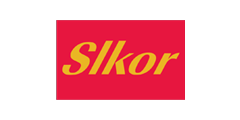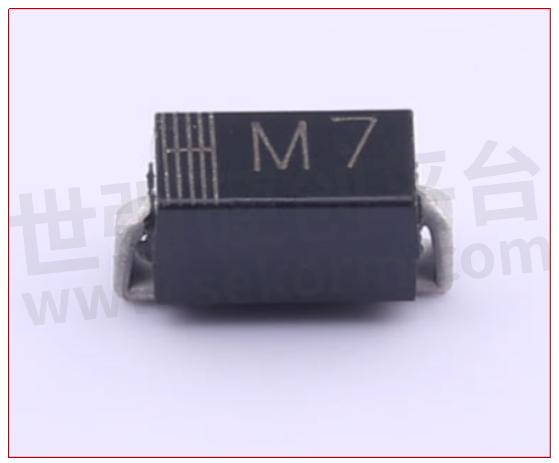Overview of M7 Diode

Overview of M7 diode
Diodes are essential semiconductor devices widely used in electronic circuits. Among them, the M7 diode is a common rectifier diode favored for its excellent performance and broad applicability. This article provides a detailed introduction to the structure, characteristics, applications, and usage considerations of the M7 diode.

1. Basic Principle of Diodes
A diode is a PN junction device made from P-type and N-type semiconductors. Its primary function is to allow current to flow in one direction while blocking reverse current. This characteristic makes diodes crucial components in rectification circuits, switching circuits, and signal modulation applications.
2. Structure and Characteristics of M7 diode
The M7 diode is a rectifier diode typically housed in a glass package with the following characteristics:
Forward Voltage Drop: The forward voltage drop of the M7 is generally between 0.6V and 1.0V.
Reverse Voltage: The M7 can withstand a maximum reverse voltage of typically 1000V, making it suitable for high-voltage applications.
Forward Current: The rated forward current for this diode is usually 1A, appropriate for medium to low power circuits.
Fast Recovery Characteristics: The M7 features a relatively fast recovery time, making it suitable for high-frequency applications.
These characteristics make the M7 diode perform excellently in various power conversion and rectification circuits.
3. Application Fields of M7 Diode
The M7 diode is widely used in several fields, primarily including:
Power Rectification: In the process of converting AC to DC, the M7 diode is commonly used as a rectifier in power adapters and chargers.
Protection Circuits: The M7 can be used in circuit protection to prevent reverse current from damaging sensitive components, especially in power circuits.
Switching Circuits: In some switch-mode power supplies, the M7 diode effectively controls the direction of current flow.
Signal Modulation: The M7 is also used in signal processing within modems and wireless communication devices.
4. Considerations for Using M7 Diode
When using the M7 diode, it is essential to pay attention to the following points:
Forward Current Limitation: Do not exceed the diode's rated forward current to avoid overheating and damage.
Heat Dissipation Design: In high-power applications, proper heat dissipation measures should be designed to enhance the diode's reliability and lifespan.
Reverse Voltage Matching: Ensure that the reverse voltage used does not exceed the M7's rated value to prevent breakdown.
Circuit Layout: In PCB design, the placement of the diode should be reasonable to avoid generating excessive electromagnetic interference (EMI).
5. Future Development Directions
With ongoing technological advancements, diode technology continues to evolve. The M7 and similar rectifier diodes may progress towards higher efficiency, smaller sizes, and stronger voltage resistance to meet the increasingly complex demands of electronic products and applications.
6. Conclusion
The M7 diode is a high-performance rectifier diode that plays a significant role in current control and signal modulation applications. Whether in consumer electronics, industrial equipment, or communication devices, the M7 diode is an essential component. Understanding the characteristics and usage considerations of the M7 diode will help engineers better select and utilize this key component in practical applications. Additionally, with technological advancements, the application prospects for the M7 will continue to expand.
- +1 Like
- Add to Favorites
Recommend
- The Difference Between Schottky Diode (SBD) and Common Diode
- The Role of Zener Diode
- What Are The Main Parameters of Lujing diode?
- SiC Schottky Compared to Normal Schottky Diode
- The Role and Working Principle of the Diode
- Power Diode Problem Introduction
- Shikues‘ High performance PIN diode BAP64-03 Uses SOD-323 Packaging, with 175V Maximum Voltage Resistance and 100mA Continuous Forward Current IF
- LXMICRO Fast Recovery Diode MUR1640CT with a Average Rectified Forward Current IF of 16A and Current IFSM of 125A
This document is provided by Sekorm Platform for VIP exclusive service. The copyright is owned by Sekorm. Without authorization, any medias, websites or individual are not allowed to reprint. When authorizing the reprint, the link of www.sekorm.com must be indicated.





























































































































































































































































































































































































































































































































































































































































































































































































































































































